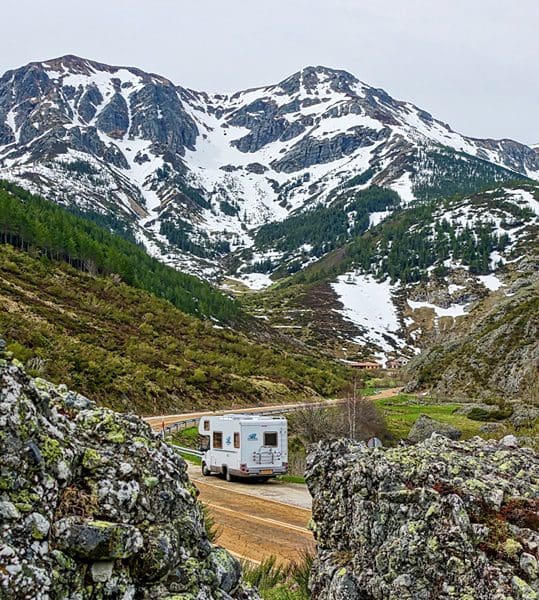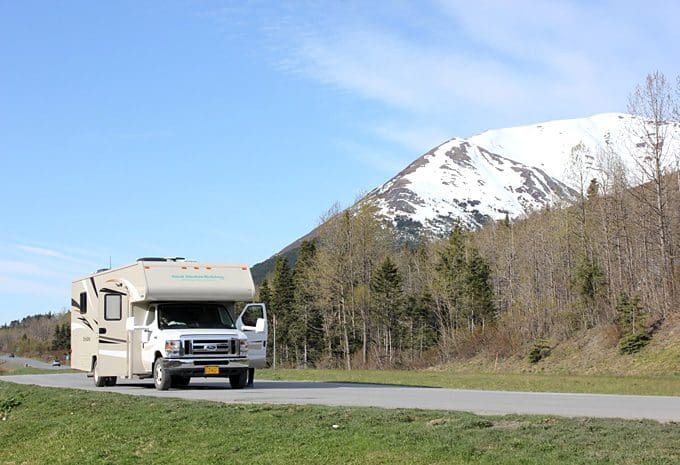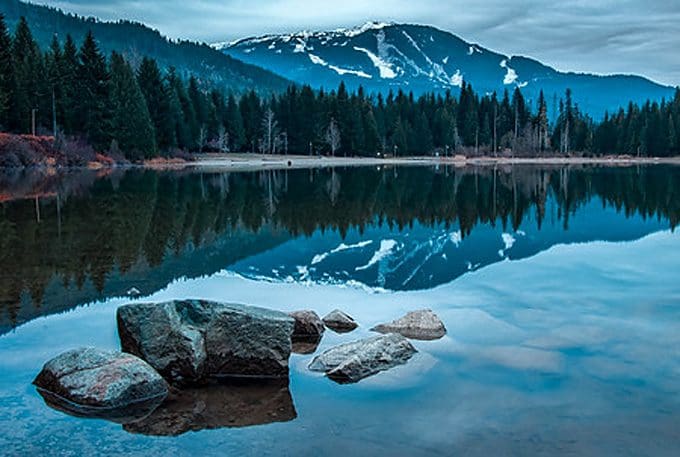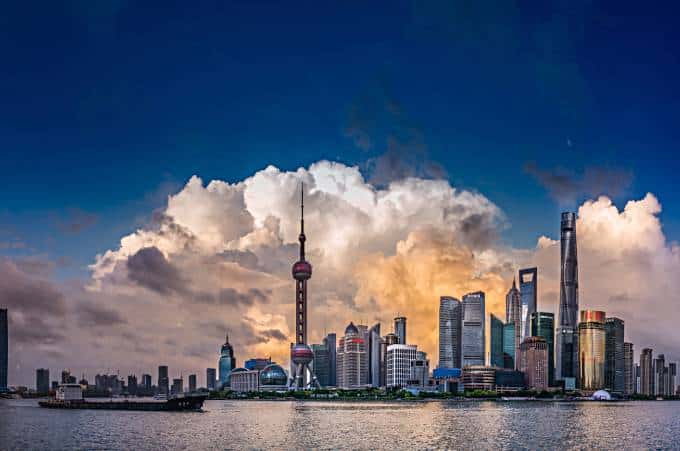words Alexa Wang
The best—and most exciting way—to explore New Zealand is by taking a motorhome and driving yourself to remote and gorgeous locations. Here are our tips for life on the NZ open road.
A motorhome self-drive holiday is one of the best ways to see as much of the many wonders New Zealand has to offer. There are tons of Department of Conservation (DOC) campsites, commercial campgrounds, holiday parks, regional park campsites, freedom camping sites and even private camping spots where you can park and stay as you travel across the country. But driving, manoeuvring, and parking a motorhome is a bit different than driving a regular car. If you happen to be visiting from another country, then you need to understand the rules of the road in New Zealand. The New Zealand Transport agency site is a great resource.

Does your driver’s license allow you to drive in New Zealand?
The first and most important thing to have on hand when you’re planning a motorhome trip in New Zealand is your driver’s licence. You cannot drive a motorhome on a permit or restricted license, your licence must be current, and if you have an international driver’s license issued in another country, then you need to ensure that it is in English. If it’s not in English, you need to have an accredited English translation (done by the NZ Transport Agency, diplomatic representative at an embassy, high commission, consulate or by the body in your home country that issued your license). No motorhome rental company will hand over a vehicle to you if you don’t have the requisite paperwork on hand.

What are the rules of the road?
Depending on where you are visiting from, the road rules and regulations you must follow could be very similar or rather different than what you’re used to. You need to understand and adhere to right of way rules, norms regarding stop signs and traffic signals and more when you’re driving around New Zealand. Best be up to date with these general rules of the road:
- Seatbelts should be worn at all times, by the driver as well as all passengers. Children have to be in their car seats
- In New Zealand, you drive on the left side of the road, so it is essential to keep left at all times. This can be confusing for those used to driving on the opposite side of the road and a potential hazard given the size and bulk of a motorhome
- Do not speed and stay within the prescribed (50kms in urban areas, 90km in rural areas when you are operating a motorhome) speed limits that will be posted on the road, including when taking turns
- Maintain appropriate distance between the motorhome and other vehicles on the road
- Always stop fully at stop signs
- If there is rain or snow or high winds, or you find yourself in an area where there is roadwork or construction, reduce speed and be vigilant
- It is illegal to drive under the influence of alcohol or drugs, or to operate a mobile phone and you will be punished if caught. Not to mention the additional risk such behaviour poses when you are navigating behind the wheel of a motorhome
You should also be a considerate driver; if you notice cars are queuing up behind you, pull over and let them pass. NZ roads are often tricky to pass on, and if you don’t allow cars to pass, you create a dangerous situation.
What precautions should I take as a motorhome driver?
Aside from following road rules, given you are driving a larger and bulkier vehicle, you need to keep some additional points in mind:
- Try to find parking spots reserved for campervans – the extra length means you need more room to turn and park
- Be well rested and make sure you have enough energy for the long drives. If you find yourself getting sleepy on the open road, pull over and refresh yourself – after all, the motorhome is also your bedroom
- Secure external items like awnings and BBQs as well as your power cable. Inside, put things in cupboards or drawers. You don’t want the distraction of falling objects or things rolling around the floor
Are there tolls in New Zealand?
The only tolls are in the North Island, and all three are electronic. They are:
- Tauranga Eastern Link (between Papamoa and Paengaroa)
- Tauranga Takitimi Drive (from SH29 to SH2)
- Auckland Northern Gateway (between Orewa and Puhoi)
Probably the most important thing in NZ is making sure you allow enough time to travel. A campervan is slower than a car, and combined with NZ’s rugged roads, trips can take longer than you’re used to. Don’t rush the journey, plan on stopping for photos and snacks, and enjoy the road trip itself; your campervan holiday is about the journey, not the destination.




